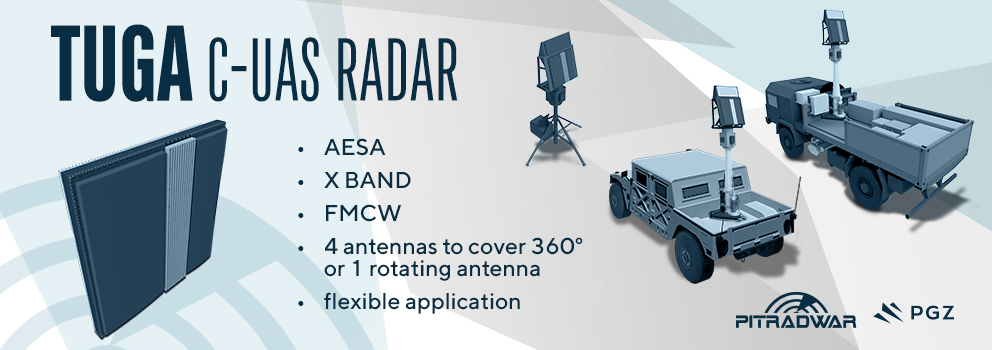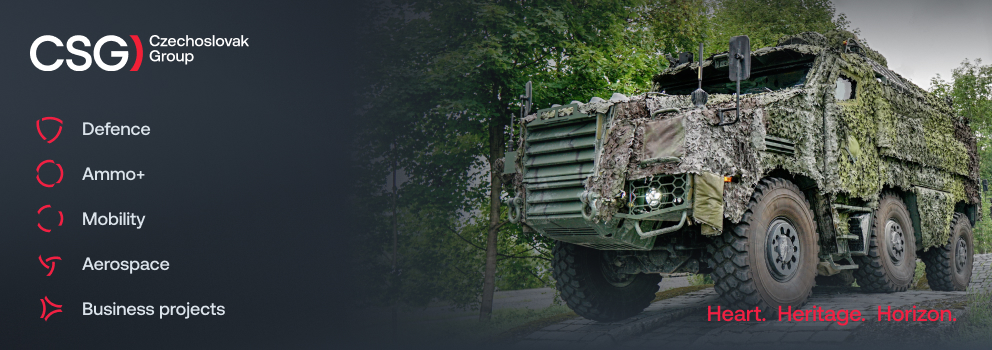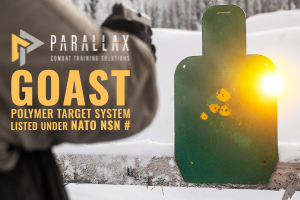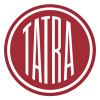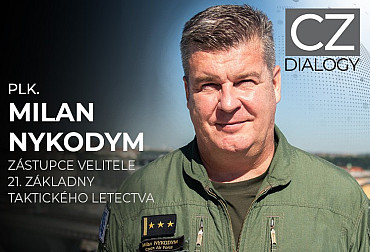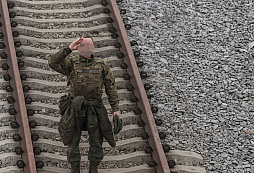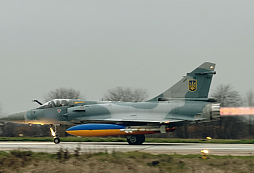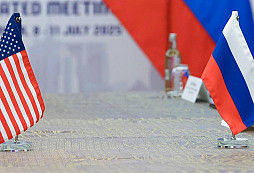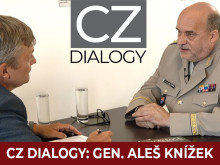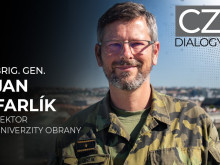Col. Zdeněk Patera: Nowadays, the readiness and mobility of units is crucial
The year 2025 brings a number of new challenges for the Czech Army, which are reflected in the training, equipment, and mindset of individual units. The 26th Command, Control, and Reconnaissance Regiment of Army General Karel Janoušek plays an important role in this regard, as its task is to provide radar coverage and an overview of the air situation. In the next episode of the program CZ DIALOGUES, we talked to its commander, Colonel Zdeněk Patera, about the current developments, challenges, and readiness of the unit.
Video: Interview with Col. Zdeněk Patera, commander of the 26th Command, Control, and Reconnaissance Regiment / CZ DEFENCE
The 26th Command, Control, and Reconnaissance Regiment is a unit of the Czech Air Force, which, since 2000, has had a unique and irreplaceable place in NATO's integrated air and missile defense system (NATINAMDS). It includes radio technical platoons directly subordinate to the 262nd Radio Technical Battalion, which are deployed across the Czech Republic. These units conduct continuous reconnaissance of the Czech Republic's (NATO) airspace. For this task, the 26th Command, Control, and Reconnaissance Regiment is equipped with state-of-the-art 3D radar technology, which has replaced outdated Russian-made systems and obsolete 2D radar systems. Another key unit is the 261st Control and Awareness Center. Here, information about the airspace is continuously evaluated, all civilian and military aircraft or unmanned aerial vehicles (UAVs) are identified, and the resulting picture of the air situation is distributed within the Czech Armed Forces and NATO to the appropriate command centers. All logistical support, including security, transport, catering, and materials, is provided by the 263rd Support Battalion. The 26th Command, Control, and Reconnaissance Regiment is also unique in that it provides air search and rescue (SAR) services in the airspace, coordinates with civil air traffic control (ATC), and is responsible for the military air information service (VLIS), which is provided by the personnel of the Air Traffic Services Facility. Equally important is the repair and maintenance of the Air Force's radio communication and radio navigation systems, which is the responsibility of the experienced personnel of the Aircraft and Radio Navigation Systems Repair Facility.
"Nowadays, the readiness and mobility of units is crucial. This is also the direction in which the modernization of the entire Czech Army is proceeding, not just our regiment," says Colonel Patera in his introduction. According to him, it is no longer just about introducing new technology, but above all about changing the approach: "The most important thing is a change in thinking, the introduction of experience from current conflicts and international exercises, and the transition from old standards to flexibility and a full-fledged response to current threats."
The 26th Regiment has undergone a fundamental transformation, particularly in the area of technology. "From an originally stationary unit with Russian-made technology, we have transformed into a mobile element with modern equipment that can hold its own on the current battlefield," explains Col. Patera, adding that mobility brings new requirements for the unit to be able to secure and protect its own perimeter. That is why training and capacity building are also taking place in this area.
According to Colonel Patera, cyber attacks, disinformation campaigns, and paramilitary actions are among the most significant threats today. "We are relatively well prepared for cyber attacks. Our information systems are closed and our facilities are self-sufficient," says Patera. However, he believes that defending against disinformation, which mainly targets younger and lower ranks, is more challenging. "These soldiers are more vulnerable, which is why education and ongoing information are key," emphasizes the commander of the 26th Command, Control, and Reconnaissance Regiment.
In the area of drone defense, the 26th Regiment relies on modern technology and operational tactics. "Detection is one thing, but securing the perimeter and the ability to effectively counter FPV drones are also key. This is a topic we are working on intensively," says Col. Patera.
The regiment has now received all eight MADR 3D radars, which are deployed in the national air defense system and the NATO system. "We took delivery of the last radar in July of this year, and at the beginning of the year we began preparing a task force to fulfill our alliance commitments – specifically, the ability to provide radar for NATO command and control," explains Colonel Patera. The modernization also affects information systems. "We are introducing a new Sector VS system, which will replace the existing solution and enable more efficient processing and distribution of air situation data," says the regiment commander. At the same time, a project is underway to introduce and modernize tactical data links (e.g., Link 16, JREAP-C) and MIDS terminals, which enable communication between ground and air units.
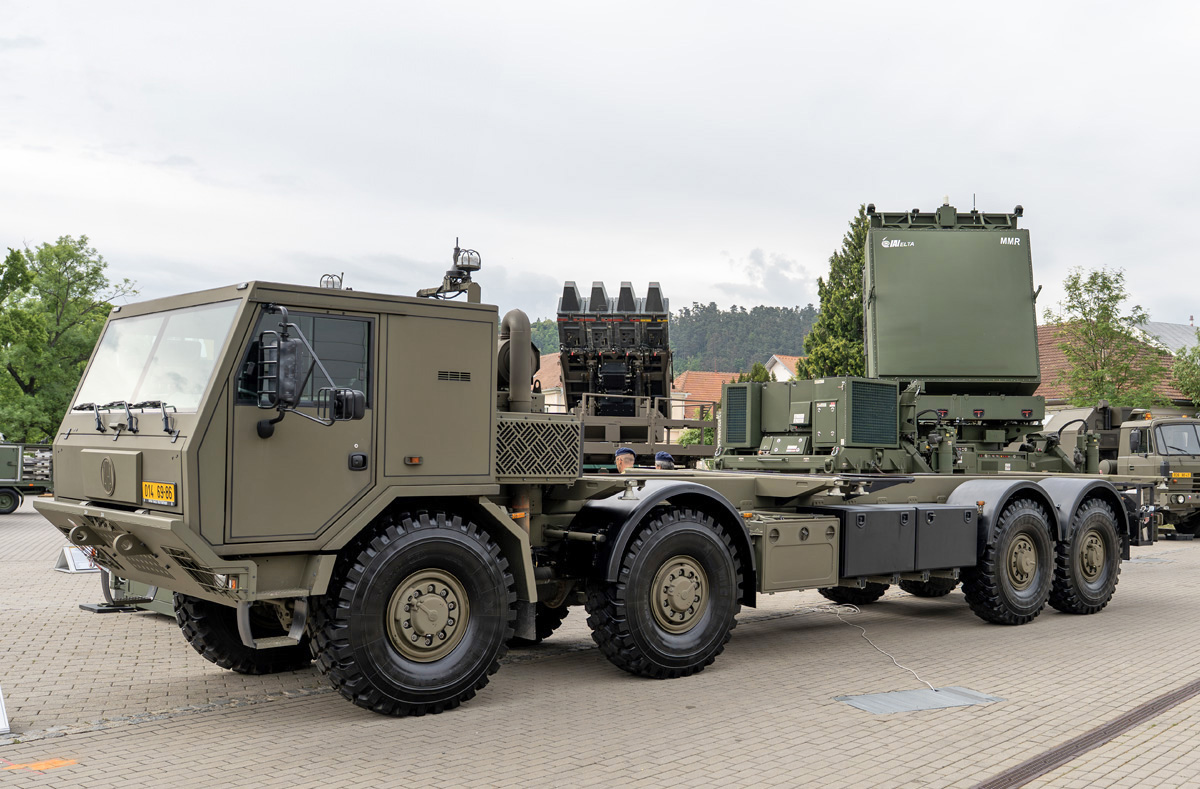
One of the biggest problems facing the 26th Regiment is retaining qualified personnel. "It takes three to five years to train a specialist. By the time they are fully trained, they often begin considering better-paid opportunities in civilian life," Colonel Patera says openly. High demands on language skills and professional knowledge, combined with remuneration that is not always commensurate with these demands, cause frustration. "Another problem is the deployment of units – we are not concentrated in one place, but are spread across the country, which reduces people's willingness to move for work," says Colonel Patera, describing the difficult situation.
Although the 26th Regiment is not directly responsible for the implementation of artificial intelligence (AI), its specialists are involved in its introduction into command and control systems. "We are part of working groups that define AI requirements. Data links and IFF (Identification Friend or Foe) systems alone are a step towards the automation of decision-making processes," explains the commander.
During the interview, we also learned that interoperability with alliance partners is an absolute necessity for the regiment. "We operate within the NATINAMDS system and participate in international exercises. Although the regiment did not participate in the exercise in the Baltic States due to the introduction of new technology, we send our specialists to exercises such as JPOW (Joint Project Optic Windmill), CWIX, and Bold Quest, where they gain combat qualifications and know-how from NATO practice," explains Colonel Patera.
In addition to sharing experiences, modern training is increasingly based on simulations. "We cooperate with the Tactical Simulation Center in Pardubice, but also with foreign partners, for example in France," says Col. Patera, adding that simulation techniques enable safe and effective training of air traffic controllers and air defense system operators.
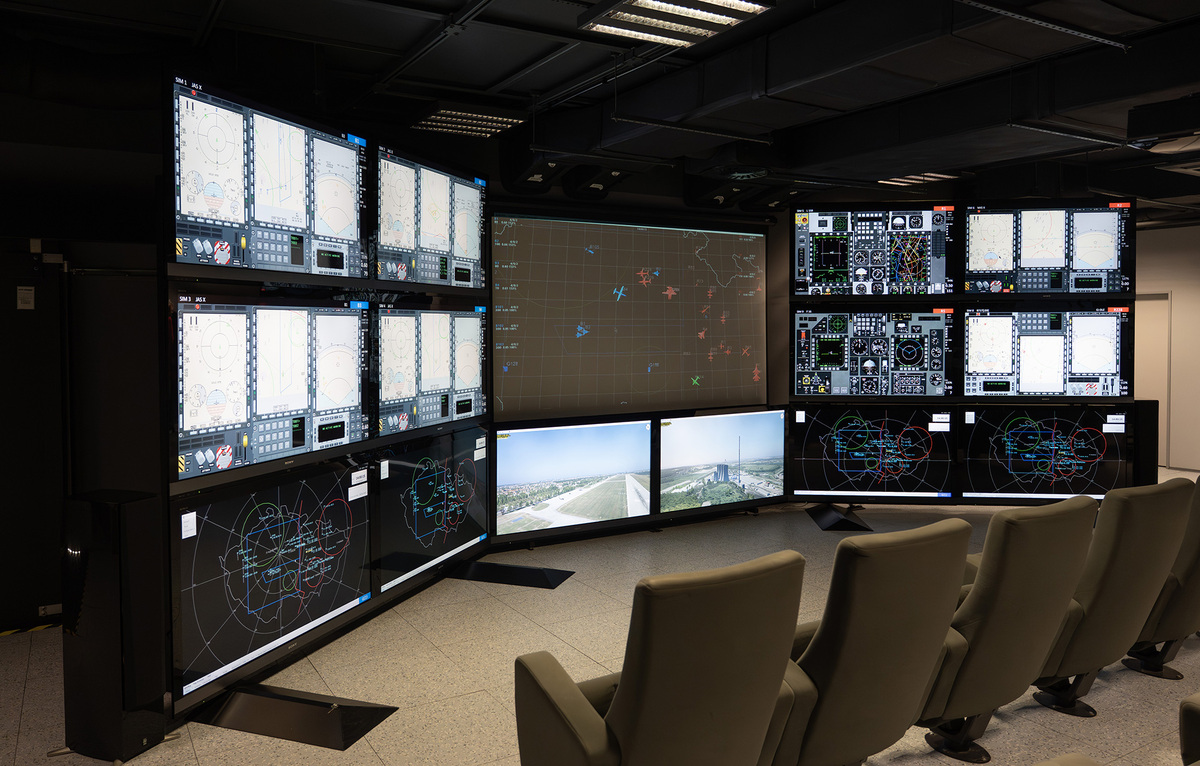
Cooperation with academia and the defense industry also plays an important role in building future capabilities. "We have ties to the University of Defense and other institutions. But the most important thing is a long-term vision that will not change with each new leadership. Only then can research and development be planned effectively," emphasizes Colonel Patera.
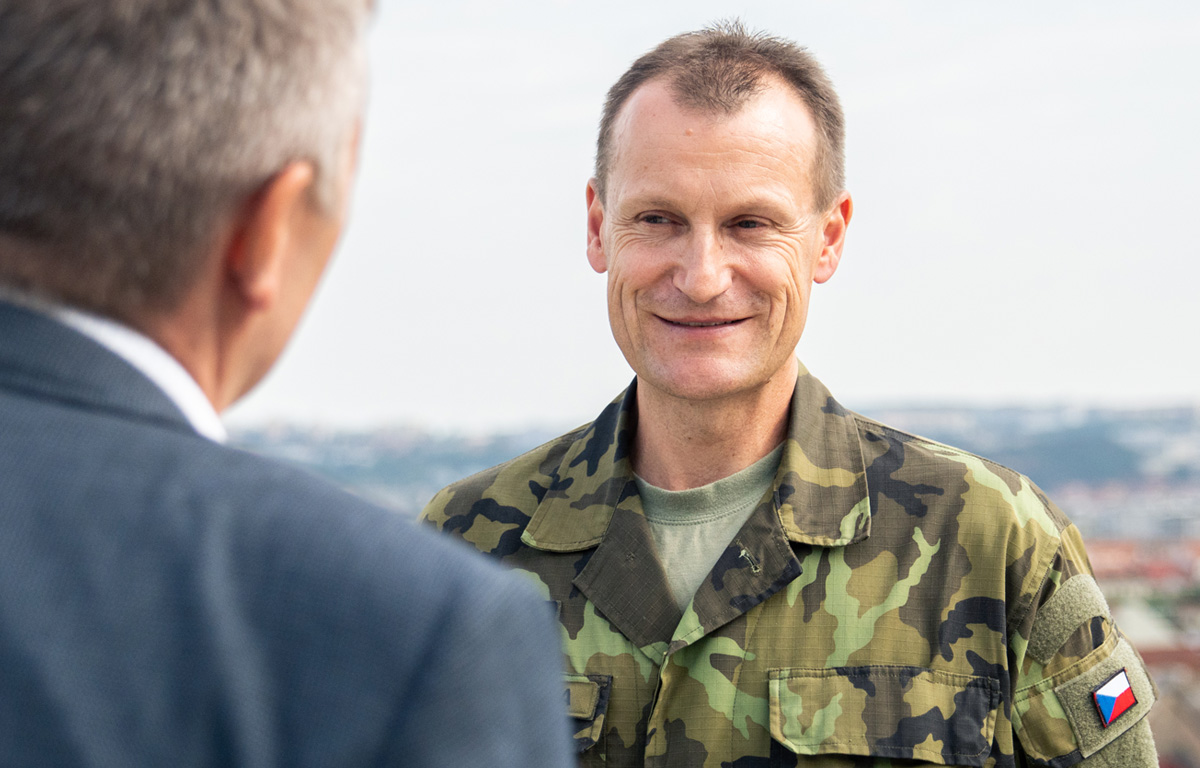
Finally, we asked where the 26th Regiment should be headed by 2030. "We will have fully implemented MADR radar escort vehicles, tactical data links, and the new Sector VS information system," reveals the regiment commander. However, he points out the lack of ballistic missile detection capabilities. "This is an area that will need to be addressed in the future – current conflicts show how crucial this capability is," says Colonel Zdeněk Patera, commander of the 26th Command, Control, and Reconnaissance Regiment.
